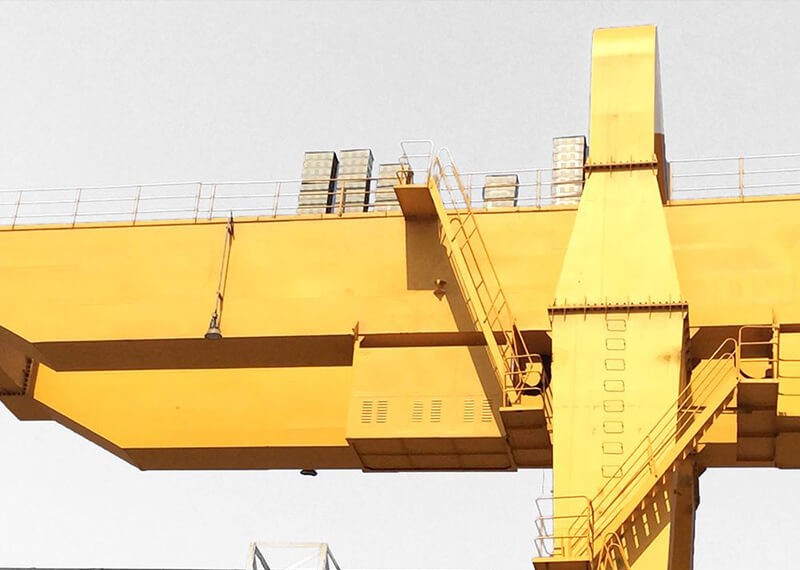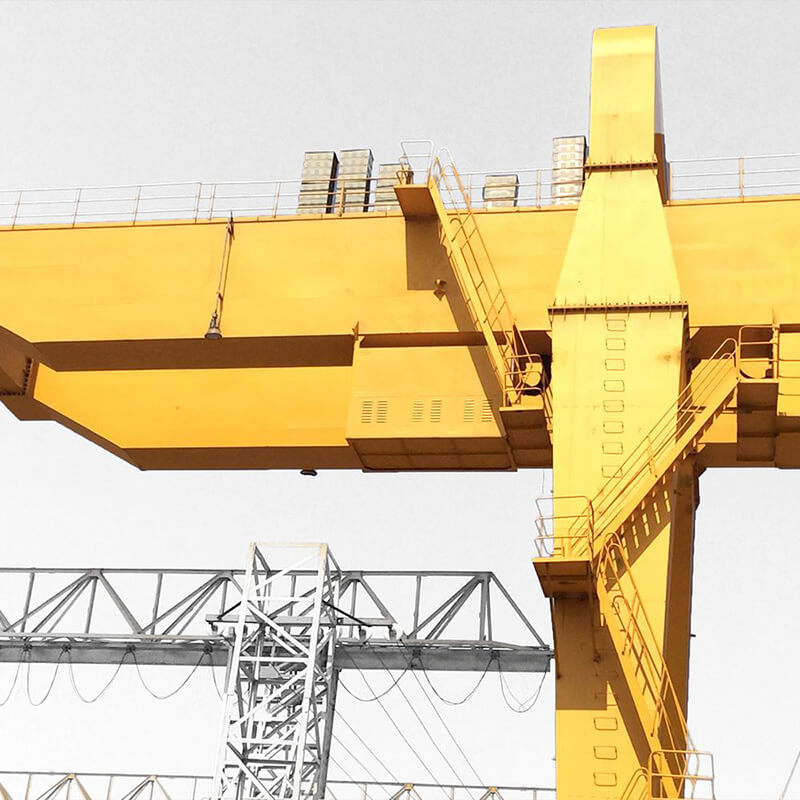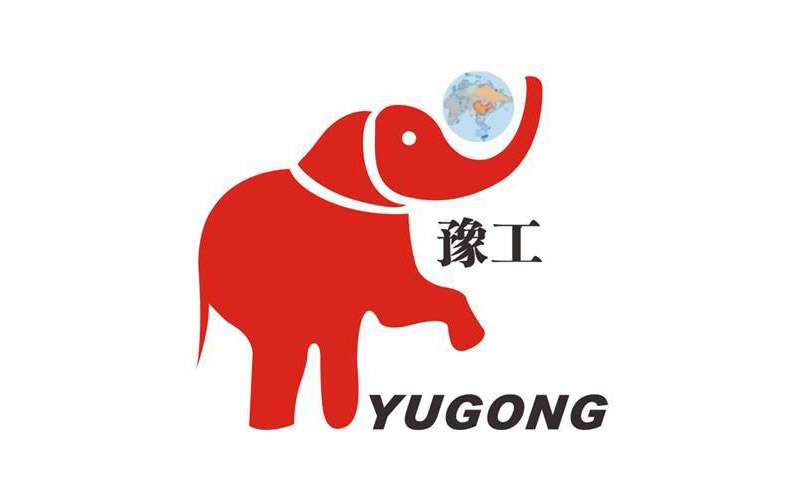
Consequences of irregular use of cranes
Crane accidents or hidden dangers exist in the design, manufacture, installation and use (including repair) and other dangerous factors. The prevention of accidents largely lies in the control of the above factors, especially strengthening: the control of manufacturing, installation and use , Requiring users to choose products produced by qualified manufacturers, allowing qualified units to install cranes, and trained drivers and lifting workers to operate on duty is nothing more than to control the occurrence and aggravation of dangerous factors from the source. However, to prevent the occurrence of the above-mentioned dangerous factors, the most important thing is to effectively implement relevant standards and regulations, establish and strictly enforce rules and regulations, implement regular inspections, and attach great importance to the manufacturing, installation and use units, plus the employees of the manufacturing, installation and use units. High sense of responsibility and safety awareness. only by doing so can we avoid or reduce dangerous accidents.

The management of the use of cranes in use is the key content that the user unit is responsible for, including the correct provision and acceptance of concealed projects, the management of crane drivers, crane operators and other operators, and the implementation and monitoring of potential hazards in the environment around the crane.
crane
(1) Correct provision and acceptance of concealed projects.
The foundation of a construction crane is generally a fixed reinforced concrete structure. The foundation drawing is provided by the crane manufacturer after checking the overall anti-overturning stability and ground pressure. The figure specifies the number of reinforcements, model specifications and embedded foundations. Minimum requirements for the depth of the tower body or anchor bolts. The user should strictly check according to the geological conditions and the drawings provided by the manufacturer to protect the pouring quality of the foundation, prevent the settlement of the foundation after the crane is used, so that the crane reaches the critical state of overturning, the stability is destroyed, and the entire machine overturns.
(2) The management of crane drivers and crane workers (commanders and cables).
Statistics show that most of the crane accidents are caused by violations of operating regulations. Among the many violations, the driver and the lifter (commander and cable) often bear unshirkable responsibility. A competent driver not only meets the operational technical requirements of "stable, accurate, fast, safe and reasonable" in the use of the crane, but also has the responsibility for daily inspection and maintenance of the crane. While fully understanding the operating performance of the crane, he checks the crane The metal structure, the damage of the main parts and the failure of the electrical protection and safety devices.
① Mandatory binding of the bow-shaped plate with torque limitation and short-circuiting of the electrical switch of the torque limitation, which artificially causes the torque limitation to fail;
②In order to increase the lifting height of the crane spreader, artificially adjust the safety distance setting or short-circuit the electric;
③Daily inspections are in vain: the wire rope breaks aggravated, the wavy deformation of the wire rope is turned aside, and the stroke limiters such as torque limiter, height limiter and rotation limiter have not been checked daily;
④ The strictly prohibited "Ten Do Not Hang" has not been implemented.
(3) Implementation and monitoring of protective measures for potential hazards in the environment around the crane
Cranes are used for high-rise or small high-rise building construction, limited by the geographical environment of their construction (prosperous city center or building space: the caps are interlaced), which inevitably involves some safety protection and guardianship during crane operation. For example: safety scaffold protection when the operating radius of the crane (when turning) passes over buildings, streets and high-voltage lines; a concrete protection net is set on the balance boom to prevent falling stones; adjacent cranes operate on the same level working surface Time guardianship, etc.


